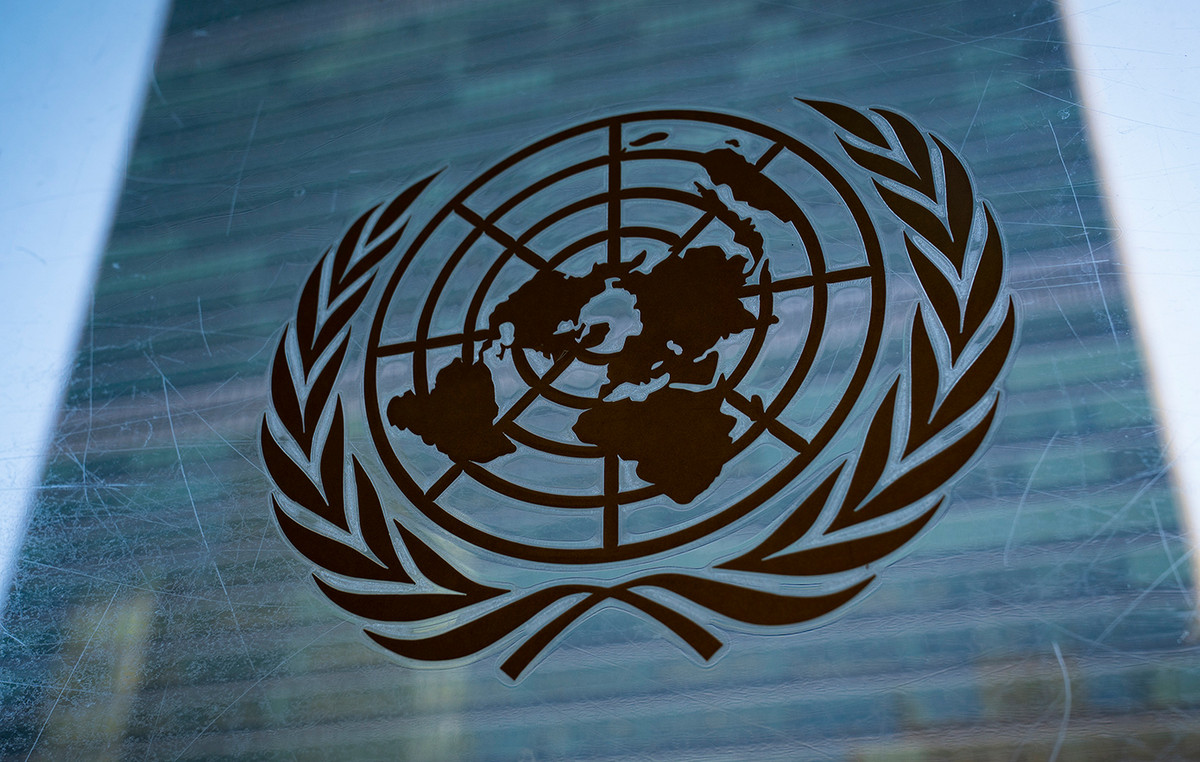The worsening of the pandemic, driven by the advance of the Ômicron variant in Brazil, led 10 states and the Federal District to an occupancy of ICU beds above 80%.
The data are from a survey carried out by the CNN with the Health Departments of the States.
The federation units with the highest occupancy rates are:
- Federal District – 95.29%
- Mato Grosso do Sul – 97%
- Sergipe – 93.21%
- Goiás – 88.13%
- Pernambuco – 88%
- Rondônia – 86.20%
- Piauí – 85.70%
- Mato Grosso – 85.49%
- Amapá – 84.62%
- Rio Grande do Sul – 82%
- Espírito Santo – 81.27%
This Wednesday (2), 172,903 new cases of Covid-19 and 893 deaths from the disease were recorded, according to the National Council of Health Secretaries (Conass).
Since January 12, Brazil has been registering an increase in the moving average of deaths from Covid-19. The current level of 650 deaths per day is the highest since August 31 of last year.
Moving average is the average of the last seven days. The metric is used to avoid distortions caused by underreporting on weekends.
In total, Brazil has accumulated 25,793,112 cases of Covid-19 and 628,960 deaths from the disease since the beginning of the pandemic.
“We need to open more beds”
On January 31, when Brazil recorded a record 1 million weekly cases of Covid-19, public health management specialist Lígia Bahia evaluated the CNN that there is still potential for the expansion of the Ômicron variant of the coronavirus across the country – especially towards the interior.
For the specialist, it is necessary to “anticipate” this new movement of the pandemic in order to prevent collapses in health systems, whether in the wards or in the Intensive Care Centers (ICU).
“We have a more favorable prognosis, we imagine that there is already a plateau [de casos] in the cities, but Ômicron is moving inland. A pandemic has a dynamic. What we need to do is anticipate her: as she knows she is becoming internalized, we have to open beds in these places,” he declared.
For the specialist, there is still a lack of “coordination, planning and the ability to anticipate a response” on the part of health systems.
Growth of the Ômicron variant in Brazil
For experts interviewed by Agência Fapesp, the fact that the number of hospitalizations and deaths from Covid-19 is not growing at the same rate is due more to the population’s previous immunity – whether from vaccination or previous infections – than to the intrinsic characteristics of the disease. virus.
“In unvaccinated individuals, the disease is not so mild, and can cause death and important injuries. The point is that this virus has found a different host, which is no longer exposed to exposure”, says physician Paulo Saldiva, a professor at the Faculty of Medicine of the University of São Paulo (USP).
This is also the opinion of Elnara Negri, a pulmonologist at Hospital Sírio-Libanês, in São Paulo. “It is a variant very similar to the previous ones. The point is that in Brazil we are fortunate to have a population with good vaccination coverage. The only patient I had to intubate in this wave, so far, was not immunized. And he developed SARS-CoV-2 pneumonia with classic microcirculatory thrombosis. In the vast majority of those treated, the disease had a good course and I consider the vaccine to be largely responsible,” she says.
Infectologist Esper Kallás, from the USP School of Medicine, points out that in places where vaccination coverage is lower, the number of hospitalized for the disease has increased significantly.
Brazil has already vaccinated 70% of the population
According to data from the CNN Agency, Brazil has surpassed the mark of 70% of its population vaccinated with two doses or a single dose against Covid-19.
More than 364 million doses have already been applied across the country.
Meanwhile, 23% of Brazilians have also received the booster dose, applied four months after completing the vaccine cycle.
According to the Ministry of Health, 21 million people can reinforce immunization in February.
* Elizabeth Matravolgyi, Henrique Andrade and Kaluan Bernardo, from CNN, and Karina Toledo, from Agência Fapesp, contributed to this report
Source: CNN Brasil







